The 2019-20 NBA season is (finally) over, with LeBron James, Anthony Davis and the Los Angeles Lakers hoisting the Larry O’Brien Trophy in Orlando. While the campaign took a calendar year to complete, the offseason is officially here for all 30 teams in the league, all while acknowledging that eight franchises have been in offseason mode for more than seven months.
To that end, the 2020 NBA Draft is now nearing in mid-November and the attention of the basketball-observing public shifts back to the next wave of talent that will enter the league. Though the 2020 group isn’t lauded on the level of other classes, there are appealing prospects up and down the board and, for the first time since the lottery in August, it is time to project how the first round might go.
Things will change in the next month or so, but without further delay, the Minnesota Timberwolves are on the clock in mock draft fashion.
1. Minnesota Timberwolves – LaMelo Ball (G, Illawarra Hawks)
Trade winds will be blowing a lot in the next month, but the Wolves are a bit of a black box. None of the consensus top guys are ideal fits in Minnesota, but it is never a good idea to draft for fit at No. 1 overall. As such, we slot in Ball, who is No. 1 on my big board and the player that might have the highest ceiling in the draft. The Wolves might not take him, but another team might be motivated to make the big jump, and there are at least rumblings that Minnesota might just snag Ball if they stay put at the top.
2. Golden State Warriors – Anthony Edwards (G, Georgia)
Speaking of trades, this is the spot that everyone has discussed for months. The Warriors are in win-now mode in a way that no other team in the lottery can match and, since even the best rookies can’t be counted on to help you in that pursuit right away, Golden State could be motivated to move on. We’ll slot in Edwards almost as a place-holder, because a) the Warriors could simply take him as the best player available, and b) if Ball is gone, Edwards is the player most likely to garner a significant trade return.
3. Charlotte Hornets – James Wiseman (C, Memphis)
I came very close to mocking Obi Toppin to Charlotte. Toppin was the National Player of the Year and he is someone that would very much fit Charlotte’s traditional mold. However, there is some noise with Wiseman, who still has big fans in NBA circles, and the Hornets are certainly in the market for a center. Charlotte might choose to fill that position via free agency, but Wiseman projects as a potentially impactful defender, and he is quite talented.
4. Chicago Bulls – Killian Hayes (G, Ulm)
The Bulls could do a lot of different things here and I want to emphasize that. To add to the intrigue, this is also a new front office approaching its first draft. This scenario may seem a bit odd given that Chicago invested a lottery pick in Coby White last year, but it actually makes some sense. Hayes is a lead guard by trade, but he’s 6’5 and virtually has shooting guard size. From there, there are still questions about White as a primary initiator and that pairing would actually work quite well together. Then, you have Zach LaVine, who is currently Chicago’s No. 1 option but, quite honestly, that trio makes a ton of sense together and Hayes just happens to be the top remaining player on my big board.
5. Cleveland Cavaliers – Deni Avdija (F, Maccabi Tel-Aviv)
The top four isn’t set in stone by any means, but the Cavs would probably enjoy this outcome. Avdija would give them a two-way forward to pair with their (heavy) investment in the backcourt, and Avdija can be a connecting piece for Cleveland. I’m more skeptical of his ultimate upside than some, but he doesn’t take much off the table and he is an appropriate top-five pick in this class.
6. Atlanta Hawks – Isaac Okoro (G/F, Auburn)
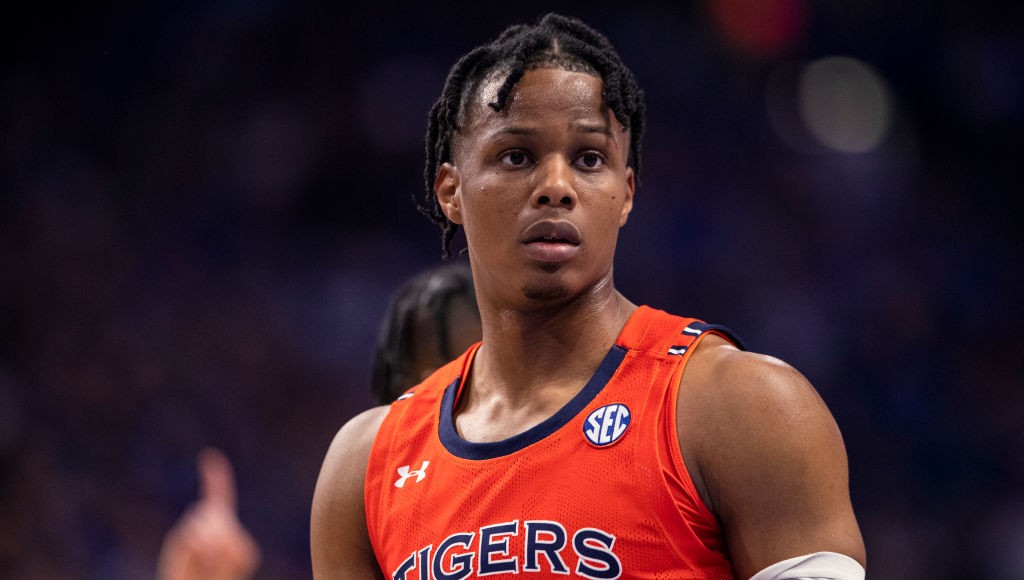
The Hawks could go in several directions, but a dynamic, two-way wing is never a bad idea. Okoro definitely has question marks with his jump shot, but he is the best on-ball defender in the class, and the local Atlanta product also has intrigue as a secondary creator offensively. Atlanta invested heavily on the wing with two lottery picks last year, but that shouldn’t dissuade them from adding another piece.
7. Detroit Pistons – Tyrese Haliburton (G, Iowa State)
The Pistons, along with the Knicks, are seemingly in prime position to maybe trade up and take a swing. Detroit doesn’t have “the guy” moving forward and, to say it plainly, Haliburton also isn’t that player. He is well-liked in NBA circles, though, as a potentially interesting supporting piece, with an efficient jump shot, sky-high basketball IQ and interesting playmaking ability defensively.
8. New York Knicks – Obi Toppin (F, Dayton)
New York desperately needs a lead playmaker, unless of course you believe that RJ Barrett is that guy. Unfortunately, there isn’t a ready-made solution with the way this draft breaks, and Toppin is the best option as a result. The National Player of the Year does have defensive flaws, to be sure, but Toppin projects as a highly efficient play finisher in the NBA that could also pop as a shooter and short-roll passer.
9. Washington Wizards – Onyeka Okongwu (C, USC)
This is the best possible outcome for the Wizards. With all due respect to Thomas Bryant, Washington doesn’t have a full-proof plan at center long-term and Okongwu is also the best player available on my board by a clear margin. He may not be a star, but Okongwu may have the highest floor of any prospect in the 2020 class.
10. Phoenix Suns – Patrick Williams (F, Florida State)
On my personal board, Williams isn’t the best prospect from his own team. With that said, Devin Vassell is a polarizing prospect in some circles, and he might be duplicative, at least on some level with Mikal Bridges and even Cam Johnson. In Williams, the Suns don’t get a home run point guard as some project, but he is an intriguing pick with real upside as a special athlete with high-end defensive potential.
11. San Antonio Spurs – Devin Vassell (G/F, Florida State)
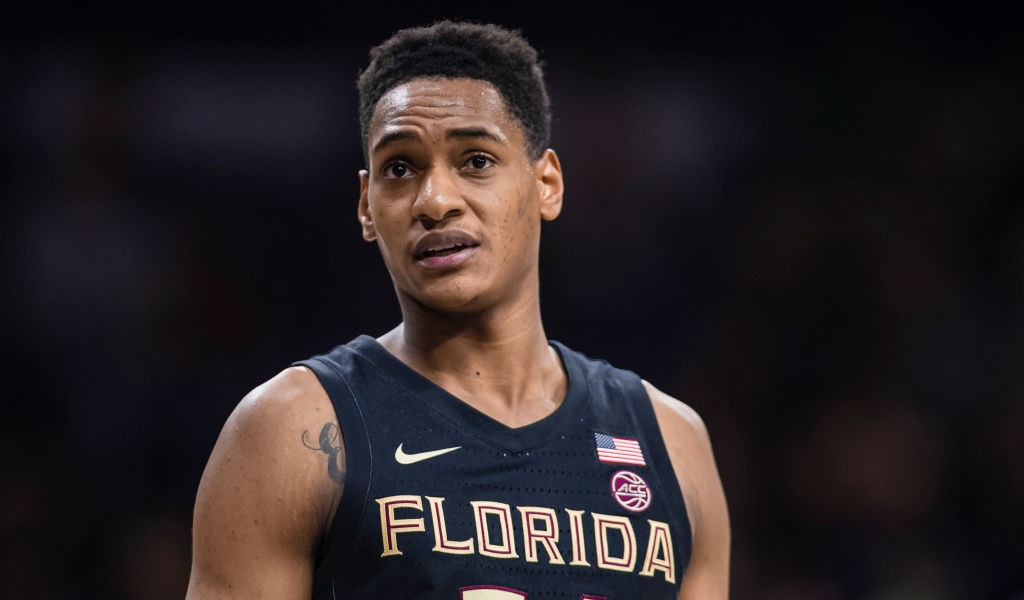
The Spurs are a fascinating team, both for the present and the future. As such, they could explore different avenues but, if Vassell is still available at No. 11, they should just take him. One of the more prominent comps for Vassell is prime Danny Green, and that pretty much explains it. He’s probably the best off-ball defender in the class, and he has some offensive juice as well.
12. Sacramento Kings – Aaron Nesmith (G/F, Vanderbilt)
If the Kings hold on to Buddy Hield, this pick doesn’t make much sense. If they move him and hang on to Bogdan Bogdanovic, Sacramento might peg one of the draft’s best shooters, and the buzz seems to be that the Kings are in the market for a wing. It should be noted, though, that this is a new front office that doesn’t have a track record just yet.
13. New Orleans Pelicans – Tyrese Maxey (G, Kentucky)
I projected this in our last installment, and I stand by it. The Pelicans could certainly use a low-usage floor-spacer (bringing Saddiq Bey into play), but Maxey is now violently underrated. He is a supporting piece ideally, but Maxey would fit next to Jrue Holiday and Lonzo Ball in the backcourt, giving New Orleans some additional creation and a player who can perform well defensively.
14. Boston Celtics (via Memphis) – Aleksej Pokusevski (F/C, Olympiacos B)
If the Celtics keep this pick, they should take a swing. Pokusevski is the biggest swing in the entire class.
15. Orlando Magic – Kira Lewis (G, Alabama)
Lewis is still flying under the radar but he shouldn’t be. He is a potential starting point guard with an intriguing offensive skill package. At No. 15, the Magic should certainly be in the market for that kind of player, even if they are in love with Markelle Fultz.
16. Portland Trail Blazers – R.J. Hampton (G, New Zealand Breakers)
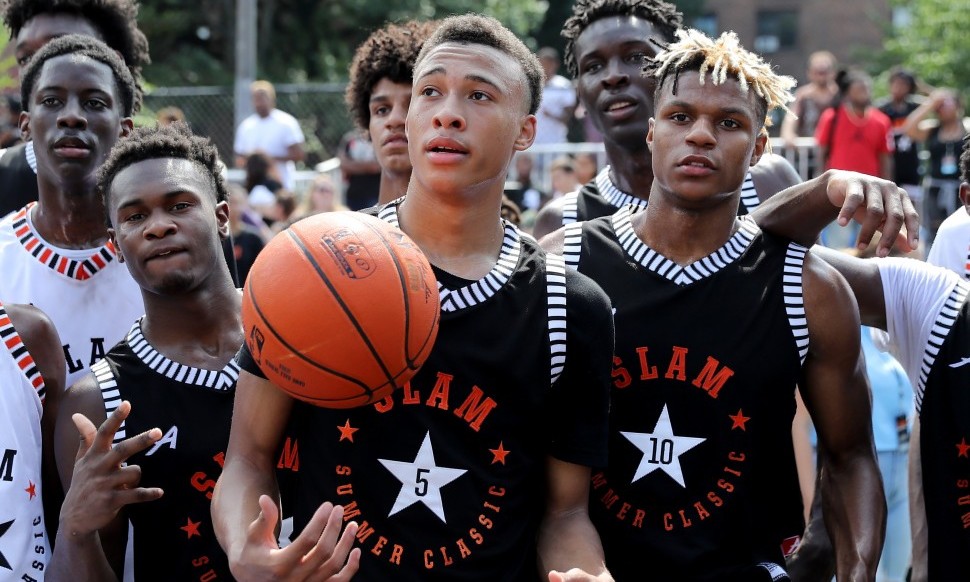
The Blazers definitely don’t need another combo guard, and that is what Hampton projects to be. With that said, Portland has been leaning upside in the recent past, and Hampton might have the highest ceiling of anyone remaining. Portland could certainly opt for a safer pick like Saddiq Bey, but it might be time to swing.
17. Minnesota Timberwolves (via Brooklyn) – Precious Achiuwa (F/C, Memphis)
Achiuwa isn’t a guy I love in the lottery but, at this point, the value is better and so is the fit. Achiuwa might be a small-ball 5 long-term given his limitations, but he’s hyper-athletic and the fit next to Karl-Anthony Towns is quite good. Achiuwa can play the 5 on offense while Towns spaces the floor, defend forwards and also provide the Wolves with a different look off the bench.
18. Dallas Mavericks – Cole Anthony (G, North Carolina)
I like this a lot, both for Anthony and the Mavs. There are whispers of a potential fall for Anthony and, honestly, slipping all the way to No. 18 would be wild given where we were a year ago. Still, it’s a good situation in that Anthony might not be a full-blown primary ball-handler at the NBA level but, in Dallas, he definitely doesn’t need to be next to Luka Doncic. Anthony can also defend better than you might think, and Dallas is probably in the market for their “point guard” of the future.
19. Brooklyn Nets (via Philadelphia) – Saddiq Bey (F, Villanova)
This is a bit of a slip from where Bey is often projected, though nothing too severe. He’d actually fit quite well in Brooklyn, particularly given the fact that the Nets are trying to win now and Bey is more “ready” than most rookies. On top of that, his shooting is a real weapon and he has a winning pedigree. Brooklyn may look for more of a swing, but this is pretty good value.
20. Miami Heat – Tre Jones (G, Duke)
The Heat have big decisions to make this summer, namely with Goran Dragic. There is a reason that Miami is linked to a point guard in many mock drafts, though, and Jones seems like a player they’d enjoy. He plays very hard defensively, made strides offensively this season, and fits into Miami’s culture with his motor and toughness.
21. Philadelphia 76ers (via Oklahoma City) – Tyrell Terry (G, Stanford)
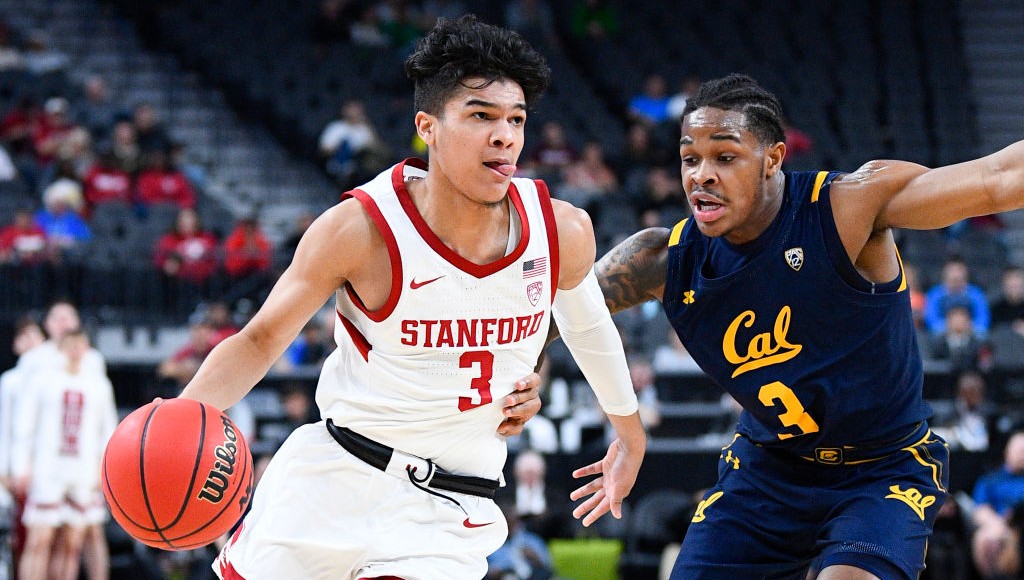
Terry is reportedly (much) bigger than he was during the college season and that is helpful. One of the knocks on his game is his lack of physicality but, make no mistake, Terry can flat-out shoot. Philly needs another ball-handler, too, but the spacing is priority No. 1 on the perimeter. Terry brings both and the fit makes sense.
22. Denver Nuggets (via Houston) – Jalen Smith (C/F, Maryland)
The concern with Smith is that he might not be physical enough to play center, nor quick enough to play the 4 full-time. That is less of an issue in the modern game than it used to be, though, and the buzz surrounding Smith is pretty strong in NBA circles. He would be a backup for Denver, but his versatility and shooting would give Mike Malone some interesting lineup options.
23. Utah Jazz – Josh Green (G/F, Arizona)
The Jazz performed admirably in the playoffs, even without Bojan Bogdanovic. With that said, it was very clear that Utah was at least one player short, and one of the issues was a lack of wing defenders. Royce O’Neale is a favorite of mine, but Green is a reasonable value here and his defensive tools are appealing. Offensively, it is a mixed bag (which is why he’s available at 23), but we’ve reached the point where it makes sense to try it.
24. Milwaukee Bucks (via Indiana) – Desmond Bane (G/F, TCU)
Bane is a favorite of Draft Twitter™ and there is a reason for that. He’s good at basketball. Yes, he’s old as a four-player at TCU, but Bane can really shoot, can defend more than adequately, and even has some on-ball equity. There aren’t many prospects who could help Milwaukee in 2020-21, but he might be the best bet at this slot, and you can’t have too many 3-and-D options.
25. Oklahoma City Thunder (via Denver) – Jaden McDaniels (F, Washington)
In the last few months, this has been an exceptionally popular projection and it is one we also used in the last mock. The Thunder just seem to have a thing for wings that have tools and defined weaknesses, with McDaniels falling directly into that mold. In addition, you’re maybe “buying low” on a former consensus lottery pick that slips to No. 25.
26. Boston Celtics – Theo Maledon (G, ASVEL)
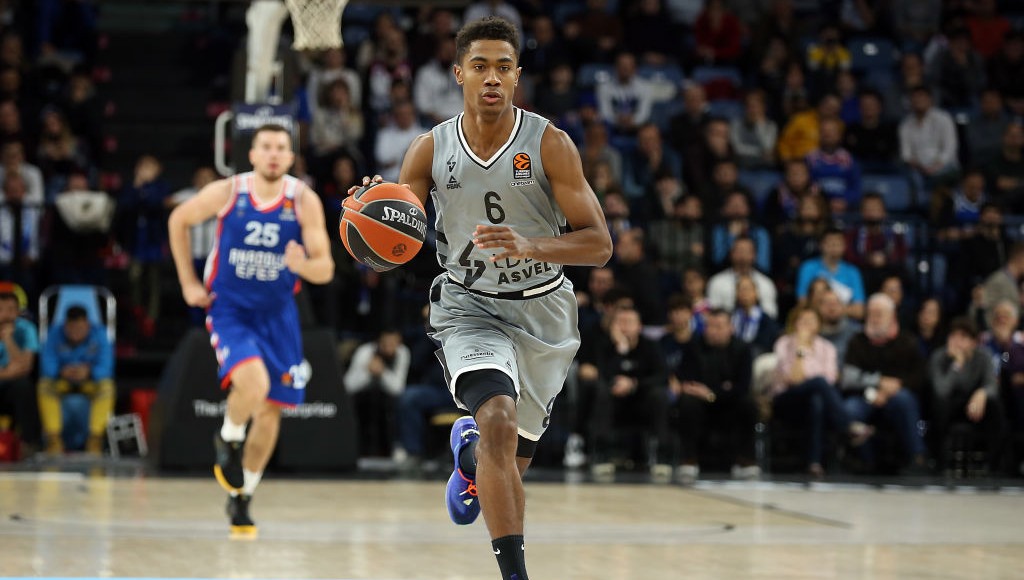
This might be a touch low for Maledon in practical terms, but the Celtics could both use him or stash him if they so choose. There is a lot to like with Maledon, particularly offensively with his shooting, and he brings some upside to the table this late in the first round.
27. New York Knicks (via LA Clippers) – Grant Riller (G, Charleston)
The Knicks would certainly love to get a lead guard in the lottery but, with the way this mock went, that guy really wasn’t available. In Riller, there is more risk than with the guys in the top 10, but Riller has genuinely impressive offensive upside as a creator and play finisher. He’s (very) old for a 2020 prospect and his defense was brutal in college, but Riller could be a starting guard if he clicks on offense in the way he could.
28. Los Angeles Lakers – Malachi Flynn (G, San Diego State)
Many have projected the Lakers to grab a point guard here, and that makes a ton of sense. It may not be Flynn, especially considering just how many point guards are in the same range, but Flynn can run a pick-and-roll and defend. That’s a good place to start, and he’s worthy of a first-round investment.
29. Toronto Raptors – Xavier Tillman (C, Michigan State)
The Raptors are a very smart organization. The Raptors also need future-facing depth in the frontcourt. Smart organizations will value Tillman as a potentially dynamic role player, and Toronto gets a heist here in my view.
30. Boston Celtics (via Milwaukee) – Isaiah Stewart (C, Washington)
As discussed previously, the Celtics could do just about anything with these three picks, and I would wager heavily that Boston doesn’t make them all. Without projecting trades, we send Stewart to Boston, knowing that NBA scouts still view him as a first-round pick, and he might be able to excel in the role the Celtics need in the middle, all while doing it for a low cost.







